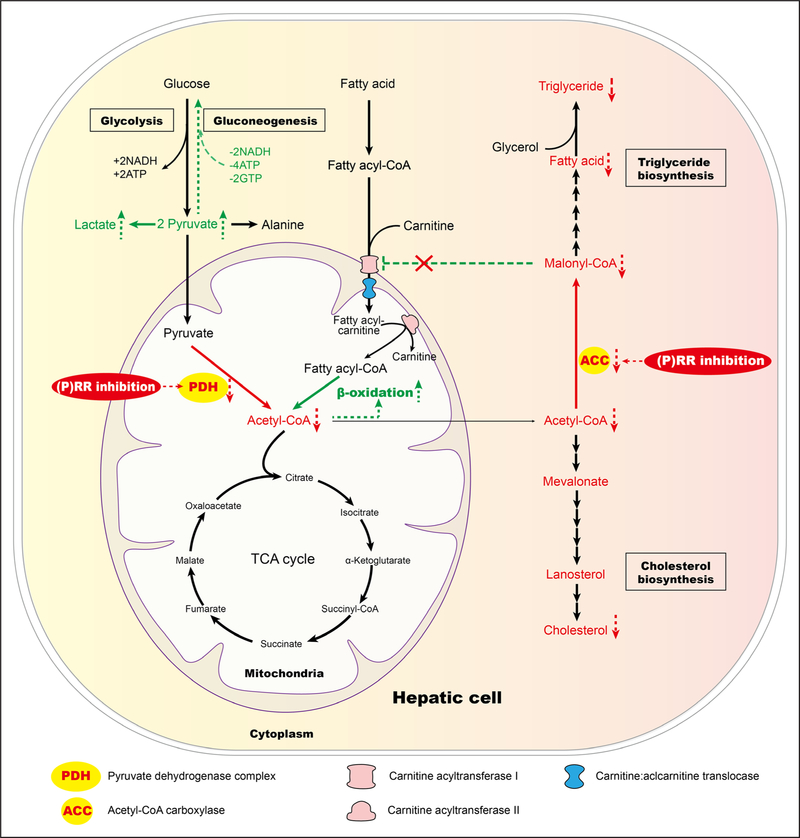Figure 7. Model for reprogrammed hepatic metabolism by (pro)renin receptor ([P]RR) inhibition.
Inhibiting hepatic (P)RR reduces PDH (pyruvate dehydrogenase) activity, impairing pyruvate metabolism and reducing acetyl-CoA supply from pyruvate, which limits fatty acid (FA) biosynthesis. (P)RR inhibition further limits FA biosynthesis by reducing protein abundance of ACC (acetyl-CoA carboxylase), the crucial enzyme in FA biosynthesis. It further signals to increase FA oxidation via reduced malonyl-CoA, an inhibitor of FA oxidation that blocks the transportation of long-chain fatty acylcarnitine by carnitine acyltransferase I (CAT1). TCA indicates tricarboxylic acid.

